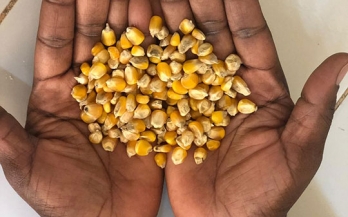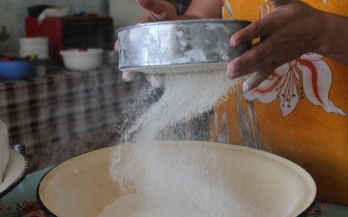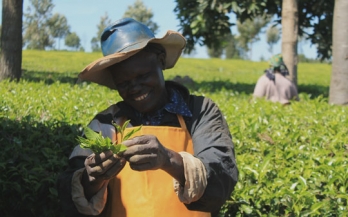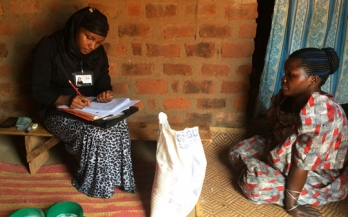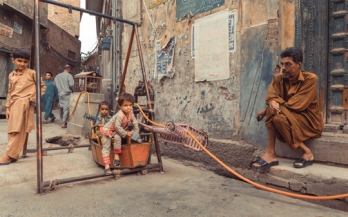- 01/03/2018
Currently, there are limited data available on the performance of the fortification programmes in Burkina Faso since they began. To contribute to filling this critical information gap, a cross-sectional market survey was conducted across eight market hubs strategically selected in different regions of the country.
- 01/02/2018
Micronutrient deficiency is widespread in Kazakhstan among women and children. In 2016, a cross-sectional survey was conducted to update coverage figures of foods fortified according to the national standards and estimate the potential contribution of fortified foods to the micronutrient intake among children under five and women of reproductive age in Kazakhstan.
- 06/03/2015
In Kenya, the Global Alliance for Improved Nutrition (GAIN) is implementing a project to reduce anaemia, iron deficiency and vitamin A deficiency through improved infant and young child feeding practices and MNP intake by integrating distribution of MNP in different existing platforms including: government health facilities and commercial distribution.
- 01/02/2018
The purpose of the survey was to assess the household coverage and potential contribution of fortified foods to the micronutrient intake among women of reproductive age in two states: Kano and Lagos.
- 01/08/2018
The aim of the survey was to provide data on household coverage and consumption of fortifiable and fortified foods among children and women of reproductive age, and availability and quality of fortified foods from markets in Pakistan.
- 01/02/2017
The purpose of the survey was to assess the household coverage and potential contribution of fortified foods to the micronutrient intake among women of reproductive age in two South African provinces: Gauteng and Eastern Cape.
- 01/06/2016
The purpose of the survey was to assess the household coverage and potential contribution of fortified foods to the micronutrient intake among women of reproductive age in Tanzania.
- 01/02/2017
The purpose of the survey was to assess the household coverage and potential contribution of fortified foods to the micronutrient intake among women of reproductive age in Uganda.
- 01/11/2017
This report presents the results of that assessment and proposes a Consumption Monitoring and Surveillance Framework consisting of the various processes, phases, components, and domains that provide an enabling environment for this to happen.
- 01/04/2017
The study analysed multiple program design options covering operational complexities, premix supply, the roles of private and public sectors, branding, marketing and advocacy, cost to consumer and quality assurance. This report presents the results of the various options evaluation and key conclusions drawn from the assessment.
